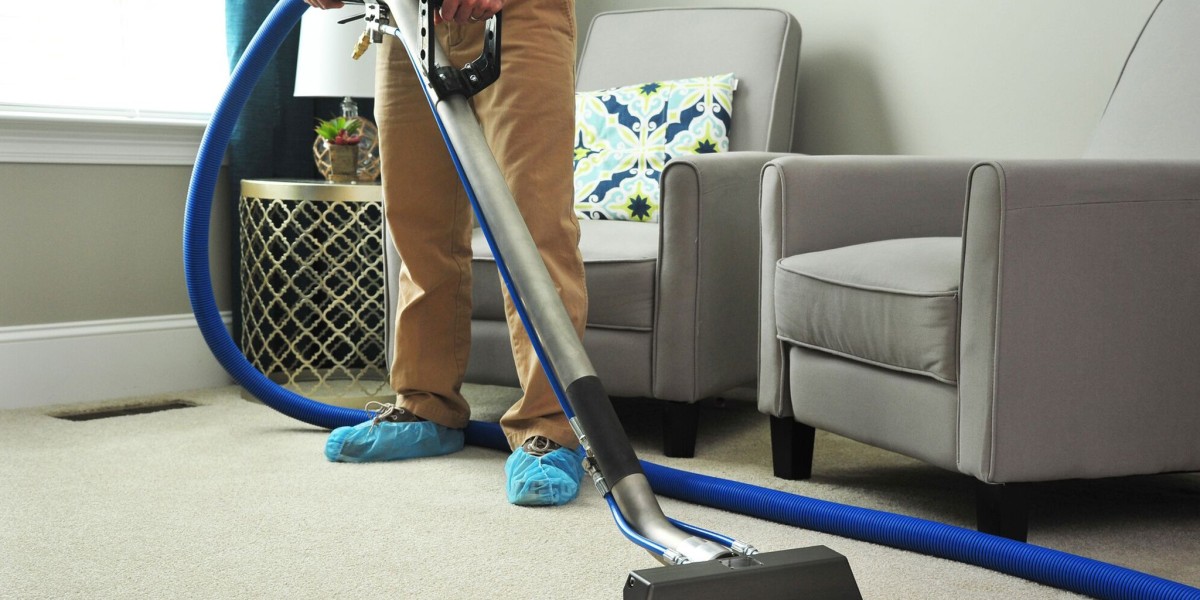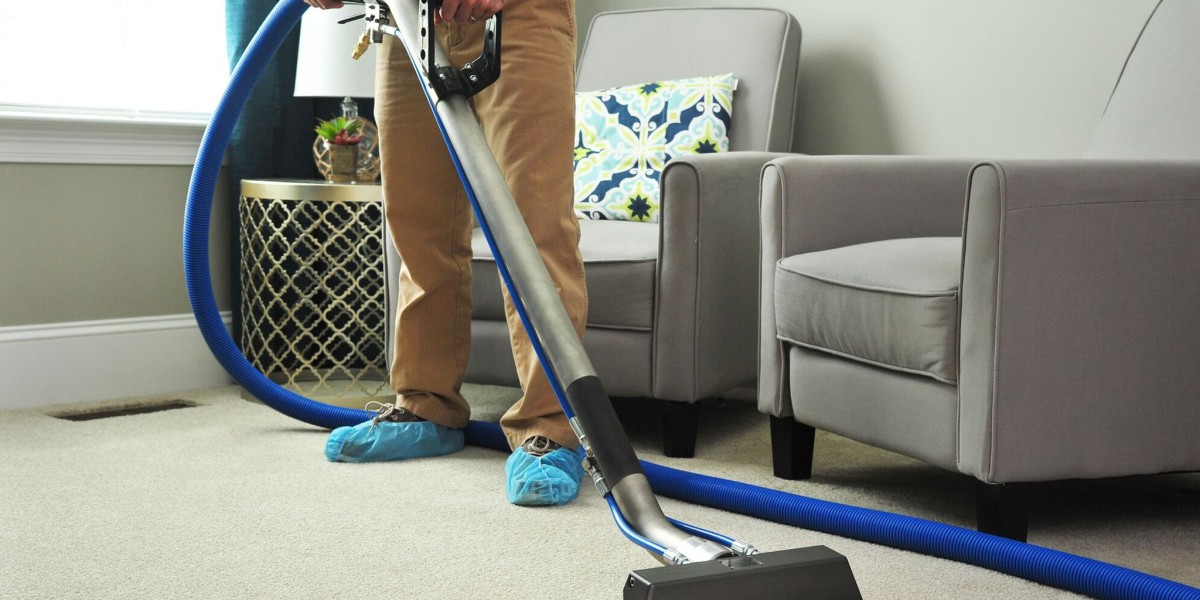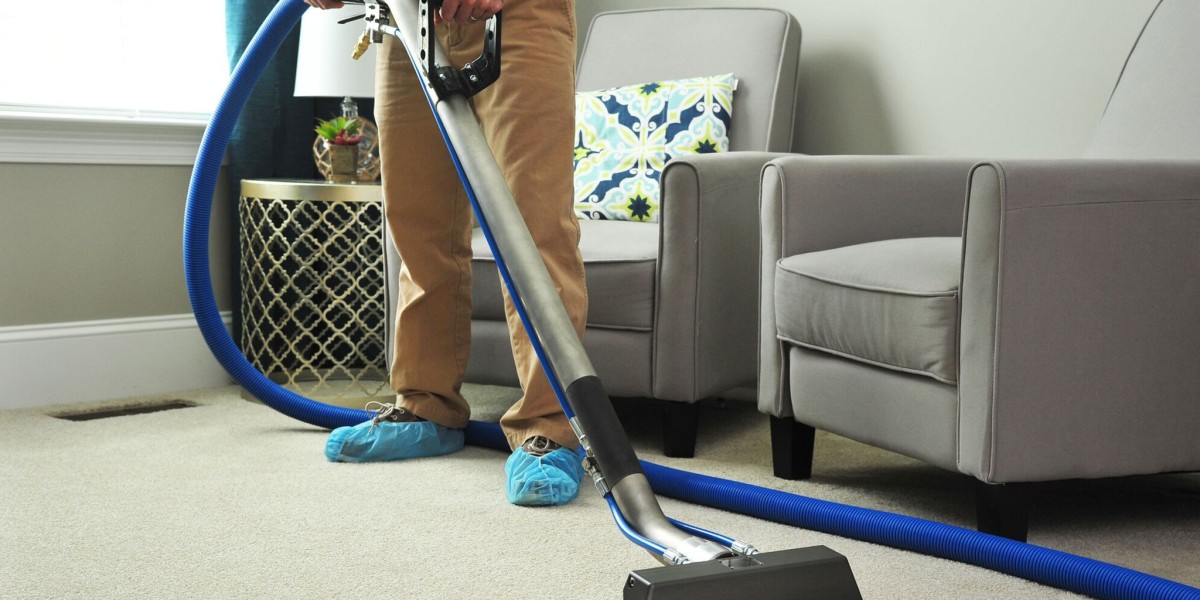Introduction
Window installation is a critical aspect of both residential and commercial construction. It not only contributes to the aesthetic appeal of a building but also plays a significant role in energy efficiency, security, and overall comfort. This observational research article aims to explore the window installation process, identify common challenges faced by installers, and highlight best practices that can enhance the quality and efficiency of installations.

The Window Installation Process
The window installation process generally involves several key steps: assessment, preparation, installation, and finishing.
- Assessment: The first step in window installation is assessing the existing window structure. This includes measuring the window frame, checking for any signs of damage, and determining the type of window that will best suit the needs of the homeowner or business. Observational research shows that accurate measurements are crucial, as improper sizing can lead to significant issues down the line.
- Preparation: Once the assessment is complete, the next step is preparation. This involves removing the old window if applicable, cleaning the frame, and ensuring that the surrounding area is ready for the new installation. Observations reveal that many installers take great care during this step, as any oversight can result in complications during the installation phase.
- Installation: The actual installation involves placing the New Windows window into the frame, securing it, and ensuring it is level and plumb. Installers typically use shims to adjust the window's position and ensure it fits snugly within the frame. This step requires a high level of skill, as improper installation can lead to air leaks, water intrusion, and other issues.
- Finishing: The final step includes sealing the window with caulk, adding insulation, and finishing the interior and exterior trim. This step is essential for ensuring energy efficiency and preventing drafts. Observational data indicates that installers who take the time to properly seal and finish their work often report higher customer satisfaction rates.
Common Challenges in Window Installation
Despite the seemingly straightforward nature of window installation, several challenges can arise during the process.
- Weather Conditions: One of the most significant challenges faced by window installers is adverse weather conditions. Rain, snow, and extreme temperatures can hinder the installation process and affect the materials used. Observations reveal that many installers have to adapt their techniques based on the weather, which can lead to delays and increased costs.
- Material Quality: The quality of the window and installation materials can vary significantly. During observations, it was noted that installers often encounter issues with poorly manufactured windows that do not fit properly or have defects. This not only prolongs the installation process but can also lead to customer dissatisfaction.
- Building Codes and Regulations: Compliance with local building codes and regulations is another challenge that can complicate the installation process. Observational research indicates that installers must stay updated on these regulations, which can vary widely by location. Failure to comply can result in fines or the need for additional work to bring an installation up to code.
- Customer Expectations: Managing customer expectations is a crucial aspect of the installation process. Observations show that clear communication between the installer and the customer can significantly reduce misunderstandings and lead to a more satisfactory outcome. Installers who take the time to explain the process and set realistic timelines tend to have more satisfied clients.
Best Practices for Successful Window Installation
Based on observational research, several best practices can enhance the window installation process and improve overall outcomes.
- Training and Skill Development: Continuous training for installers is essential. Observations indicate that skilled installers are more efficient and produce higher-quality work. Investing in training programs can help installers stay updated on the latest techniques and materials.
- Use of Quality Materials: Choosing high-quality windows and installation materials is paramount. Observational data suggests that installers who prioritize quality over cost tend to have fewer issues during and after installation, leading to higher customer satisfaction.
- Detailed Planning and Communication: Effective planning and clear communication with clients can significantly improve the installation process. Observations reveal that installers who take the time to explain the steps involved and potential challenges tend to have more successful installations.
- Adapting to Conditions: Installers should be prepared to adapt their techniques based on weather conditions and other environmental factors. Observational research shows that flexibility and problem-solving skills are critical for overcoming challenges that may arise during installation.
- Post-Installation Follow-Up: Following up with clients after installation can help address any concerns and reinforce customer satisfaction. Observations indicate that installers who maintain communication with clients post-installation often receive positive feedback and referrals.
Conclusion
Window installation is a multifaceted process that requires skill, attention to detail, and effective communication. By understanding the steps involved, recognizing the challenges faced, and implementing best practices, installers can enhance their efficiency and customer satisfaction. Observational research highlights the importance of continuous improvement in training and materials, as well as the need for adaptability in the face of challenges. Ultimately, a well-executed window installation not only benefits the installer but also leads to a more comfortable and energy-efficient living or working environment for the client.








